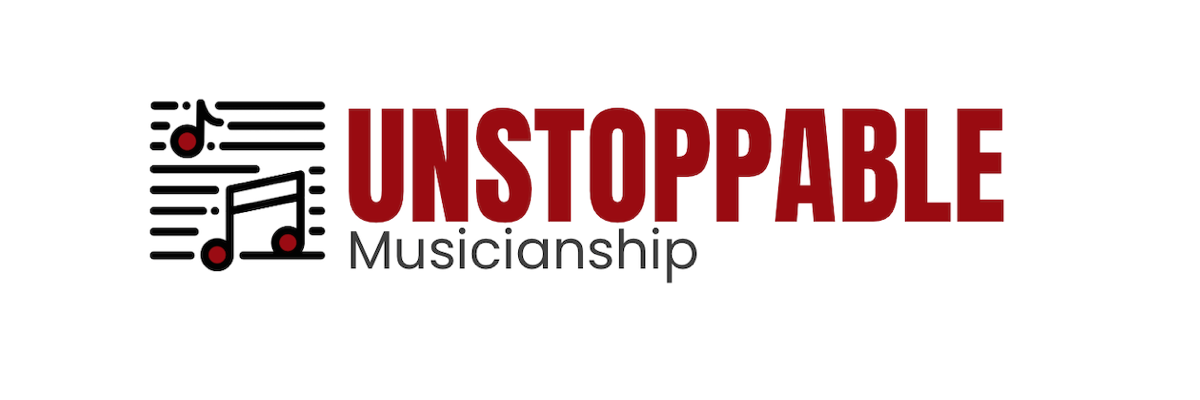Thoughts on the Monk Manual
In the fall 2021, after using to do lists, journals, planners, workflow tools, etc. I stumbled on the Monk Manual. Here are a few links:
MonkManual.com - not just the tool, but support for maximizing your use of the Monk Manual
Rather than rehash what is in those links, this blog post focuses on one aspect: the top three priorities in the daily pages. The Monk Manual is a 90 day planner (3 months) and there are actually three sections in the Monk Manual where you have a monthly view, weekly view, and daily view and can set priorities. Plus a set of BUJO (bullet journal) pages at the end. How I use this:
Turn to the monthly view and underline the current day, review what is written, check anything off that was completed, add notes and insights, then turn to the weekly view and do the same.
Turn to the daily view and use the PAR method to Plan, Act, and Reflect. Many of us probably do some form of the PAR method naturally, but it may or may not be fully intentional or consistent. The power of doing this is when you’re planning, you’re focused strictly on planning. Acting becomes easier because you’ve captured what you’re supposed to be doing, and when, and can focus on that. Reflection allows you to review what happened and refine the process which leads to better planning sessions.
Daily page filled in
A FB discussion about the top three priorities on the daily page initially made me think I was using the Monk Manual incorrectly (and yes, there is a lot of duplication in the way I use it), but after mulling things over this is the best way for me to use it. Being older, I've adopted Alex Larsson's Hyperbolic Stretching program (daily alternating between working on front and side split), plus CKO kickboxing (every other day). Simply because if I'm in any sort of pain (lower back, sciatica, etc.) nothing's going to get done, period. So what goes into the top three priorities are actually those schedules first, as a consistent, skeletal framework upon which to hang everything else. Then what goes in are the one or two main, large projects I'm trying to focus on, and the to do list area usually becomes random things that need to be done in terms of shopping list, backlog items, or things that come up that need to be slotted in during the planning phase.
The power of this system became abundantly clear recently because we're also going to close on a new place, our current place is listed and we’re having open houses, there are some medical procedures coming up, etc. Layering all of that in my head and even in a to do list or planner would have been absolutely impossible. But doing this in the Monk Manual means I have a more realistic idea of what time I have to work on those large projects, which, for now, is not much. A little gets done at a time.
I check things off when they're done, and when you see an arrow pointing right that got punted to the next day.
About 2 weeks before I finish a Monk Manual, I populate the next manual - months, weeks, daily pages with the correct dates. I also think about the next month's habit. This month (May 2022) was flow simply because I knew things would be totally chaotic and I just had to go with the flow. So far so good.
Insights
Even with a monthly / weekly / daily view, if I had to start the daily pages with the top three priorities, I’d run into analysis paralysis especially at a time like this when we’re juggling buying and selling a place, moving, preparing for a month long trip to Paris, book edits, etc. But because this daily heartbeat of the hyperbolic stretch and kickboxing routines is somewhat mundane and consistent no matter what, it’s easy to plan and write that out ahead of time. It’s like a warm up to prime the pump, and each day I’m not staring at a completely blank daily page wondering what to write in as my top priorities
As the day progresses things often become freewheeling especially now, but it’s all captured.
This reminds me of the tech world decades ago - when we did structural programming with data and functions, over time that code could turn into a gigantic jellyfish, difficult to maintain, debug, and expand. But then we began to think in terms of object-oriented design and application frameworks. Instead of trying to think about the entire jellyfish - eventually unmanageable - we had a skeletal structure reifying proven software designs and could focus on building out the specialized organs within that framework, like the heart, liver, etc.
If you’re using a Monk Manual (or any similarly serious method for managing your life), and running into obstacles like analysis paralysis, ask what is your consistent framework upon which everything hangs?

